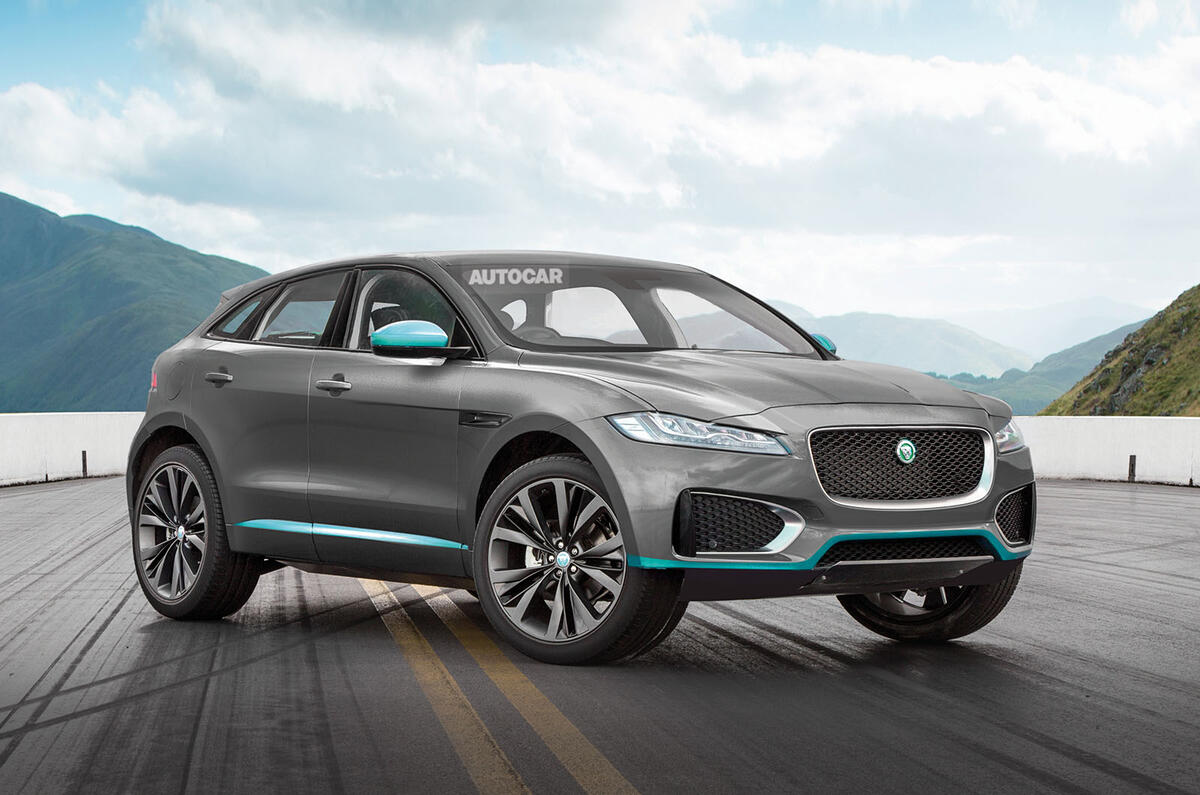Jaguar has been given the green light to launch a compact all-electric SUV by 2018, putting it ahead of its Range Rover sister brand in the race to get a battery-powered vehicle into showrooms.
The Jaguar I-Pace has been revealed, take a look here
The electric Jaguar is due to be revealed by the end of this year. There’s no word yet on what the vehicle will be called, but E-Pace, a name that Jaguar has trademarked, is a distinct possibility.
Autocar understands the electric SUV will be based on the Jaguar Land Rover EV platform unveiled a year ago at a low-carbon vehicle event in Bedfordshire. Although the project was called the Evoque_e, Autocar understands Jaguar is now leading the project, and the styling of the new EV has recently been signed off.
The E-Pace is believed to be slightly smaller than the Jaguar F-Pace, with a lower roofline and even more dramatic styling.
Jaguar Racing is launching a factory Formula E effort - read more here
It’s also thought that the emphasis with the E-Pace project will be on showing how electric drive can deliver vivid performance and handling, as well as exceptional refinement. The new Jaguar will be an example of how battery power can underpin a serious performance car.
Allowing Jaguar to launch JLR’s first EV will help the brand to shake off its remaining ‘old world’ image and will link into its upcoming Formula E race series entry.
The E-Pace is packaged to ensure that it’s classified as an SUV under US market legislation. This is important, because JLR needs to sell EVs in some numbers over the next decade in the important Californian market in addition to internal combustion models.
With the brand emphasising performance and handling prowess, the new electric Jaguar is set to get all-wheel drive. Although this new platform uses aluminium construction, it has little in common with the structures used to underpin JLR’s current generation of aluminium cars.
The front and rear crash structures, suspension mounting points and sills are all made of aluminium. However, much of the strength of the structure comes from the battery pack, which forms the backbone of the structure and takes up the whole floor area. Autocar understands this structure is easy to scale and a slightly wider and longer version of it will underpin the planned Range Rover EV.
We got a behind-the-scenes look at Jaguar's Formula E operations - get the full story here





Join the debate
Add your comment
they are all going about it
You really think Porsche's
No, it will be inferior
By the time the Mission E is launched (if ever) it will be facing performance variants of the Model 3 and, probably quite soon, an entirely new Model S.
JLR,BMW and Ford supposed to be setting up a joint venture